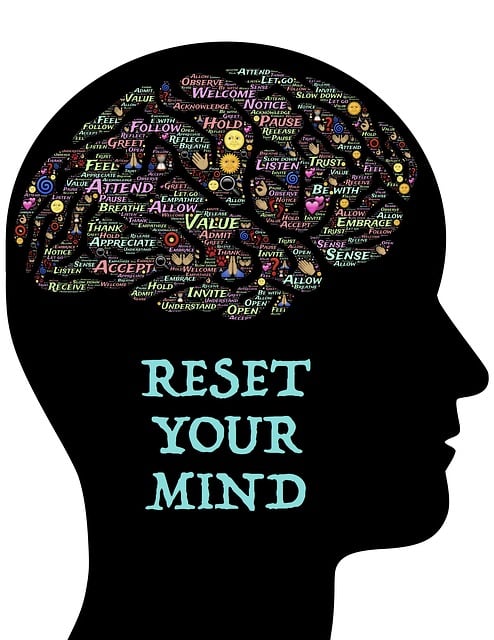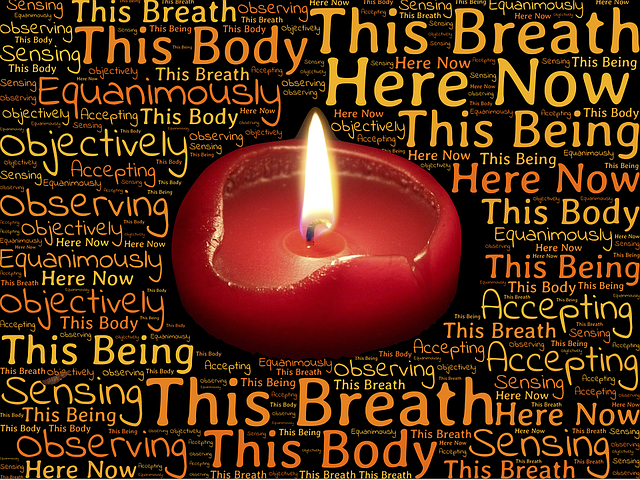One of the many things that people with chronic illness have to deal with is frustration with medical practitioners. This can involve misdiagnosis and/or inappropriate treatment that sometimes aggravates the symptoms of the chronic illness. Recently I experienced a number of frustrating dealings with medical practitioners – my GP said that allergies and Mast Cell Activation Syndrome (MCAS) were outside his area of expertise, my gastroenterologist said that MCAS was a “controversial area” (and did not take it into account in a colonoscopy examination) and my Allergy specialist adopted a simplistic, medical model of MCAS and prescribed two very strong drugs with known damaging side effects (without any warnings about their potency or dangers).
Diane Kane describes her incredibly challenging journey to health and her totally frustrating experience with multiple medical practitioners globally who failed to accurately diagnose her chronic illness. Being a professional medical researcher herself, she is now writing a book and providing a library of resources to help other people who are seeking support in their battle with MCAS and/or histamine intolerance.
Jennifer Crystal explains in her book that it took 8 years for her debilitating Lyme Disease to be diagnosed accurately and treated appropriately. Part of the issue blocking accurate diagnosis was the belief system held by Australian doctors concerning the impact of a tick bite that she received while visiting America (ticks in Australia have a significantly different health impact than those in America).
Annie Brewster MD, assistant professor at Havard Medical School, describes her frustration with medical practitioners when she was diagnosed with multiple sclerosis and, in particular, their inability to listen to her story because of time pressures and debilitating medical workload. She wrote her book, The Healing Power of Storytelling, to offer patients with chronic illness “a way through anxiety, confusion and trauma” – a way based on the research-based tenets of narrative therapy.
Annie has applied the principles of narrative therapy in the creation of her website, Health Story Collaborative, which provides a dedicated space for “storytelling for health”. One of her programs is the monthly, online Creative Meetups, a facilitated group that enables participants “to reflect and connect with others in a supportive environment”. Writing activities around stimulus material provide the mechanism for individual participants to identify and share their feelings and, in the process, “to reframe their story and reclaim their life”.
The increasing medical complexity of chronic illness
One of the factors working against the understanding and empathy of dedicated members of the medical profession is the increasing complexity of chronic illness. Dr. Lawrence B. Afrin in his book, Never Bet Against Occam, writes about MCAS and the “modern epidemics of chronic illness and medical complexity”. Lawrence was both a Research Fellow and a hematology/oncology specialist at the time. He was acutely aware of the many people who suffered not only from chronic illness but also not being able to understand, or gain insight into, their complex medical problems. Lawrence highlighted the fact that MCAS patients had a “large assortment” of symptoms and this symptom array varied “from one patient to the next”.
Lawrence researched MCAS extensively to be able to treat his own patients and also to educate other medical professionals about the complexity of the condition. He thought this increased understanding on the part of medical professionals would lead to “diagnosis and improvement sooner rather than later” for patients. Lawrence was at pains to stress that MCAS was amongst the increasing number of medical conditions that involved “chronic multisystem inflammatory illnesses of unclear cause”.
Beth O’Hara who specialised in emotional wellness, naturopathy and genetics explained in a video presentation that MCAS can result in systemic symptoms (such as sensitivity to foods, drugs, chemicals or the environment and related swelling and inflammation), musculoskeletal symptoms (such as degenerative disk issues or arthritis), skin symptoms (including itching, hives, easy bruising), cardiovascular symptoms (e.g. heart palpitations, dizziness or low blood pressure), and/or digestive symptoms (such as cramping, diarrhea, reflux, IBS).
Beth’s lifetime research of MCAS and successful healing processes was driven not only by the complexity of patients’ symptoms in her medical practice but also by her own debilitating experience of MCAS from 7 years of age. She was bedridden by the age of 20, suffered severe anxiety, joint pain and a hypersensitivity to smells and chemicals. The medications she received from medical practitioners frequently made her symptoms worse. She sought assistance from multiple health professionals but found none understood the complexity and multi-system nature of MCAS.
A holistic approach to MCAS and histamine intolerance
Driven by her own health needs and those of her patients, Beth gradually developed a holistic approach to MCAS and incorporated the healing protocol in her medical practice and related website, Mast Cell 360. Through this site, Beth offers a wide range of resources and access to practitioners especially trained in her MCAS healing protocol. For example, she offers a verified list of low histamine foods and related recipes. Her blog provides insights into the nature of MCAS, the Mast Cell 360 healing protocol, and a Mast Cell Activation Syndrome Symptoms Survey.
In her video presentation, Beth discussed her holistic approach to MCAS and identifies three core components: (1) addressing the root causes of your MCAS condition, (2) eating the right foods and taking the right supplements (her incorporated case studies illustrate that identifying the right supplements involves a trial and error approach, while identifying the right foods can involve an elimination diet and a desensitising process), and (3) “supporting the wiring of the body”).
Addressing Root Causes of MCAS
One of the things that are often overlooked by medical practitioners are the possible causes of MCAS for an individual. Beth makes this consideration one of her three key aspects of healing. She argues that you have to address the influence of these individual factors if you are to achieve healing from MCAS. Beth provides a Guide, 7 Common Root Causes in Mass Cell Activation Syndrome, to help MCAS sufferers “discover their own unique triggers” so they can work with these.
Beth maintains that the majority of health care practitioners are “unaware of these underlying factors” differentially affecting individuals and, in consequence, they tend to resort to “one size fits all” solutions such as a low histamine diet and/or antihistamine medication. Her Root Causes Guide offers insight into MCAS triggering factors and also ways to address them. Beth maintains that “the majority of my clients with MCAS have at least 4 of these root causes”.
Consuming the Right Foods and Supplements
Eating the right foods is foundational to healing from MCAS. In many cases, the initial action with MCAS is to avoid foods that result in a flare-up. Specific food allergies can be determined via an elimination diet or, more objectively, by undertaking a “skin prick test” and/or blood tests.
Beth strongly supports the use of supplements which form one of the cornerstones of her Mast Cell 360 healing protocol. She provides examples of the trial and error use of supplements in the two case studies she discusses in her video presentation. Beth urges patients to seek the guidance of a qualified health professional when considering supplements to address nutritional deficiencies because of the potential sensitivities that could be involved.
Beth provides additional online guidance in her Master Class, The Top 8 Mast Cell Supporting Supplements. In this course she covers aspects such as:
- the benefits of each supplement and how to determine what is right for you
- how to correctly introduce supplements and how to troubleshoot sensitivity problems
- what supplements to avoid.
Supporting the wiring of the body
The reference to supporting the body’s wiring relates to processes designed to activate the parasympathetic nervous system because of the negative impact of MCAS on the vagus nerves, reflected in the body’s over-active histamine release. With MCAS, the body will often treat healthy foods as invaders because of the hyper-activity of the immune system – an impact of damage to the vagus nerves. The parasympathetic nervous system induces relaxation and improved digestion and is often described as the “rest and digest” system.
In her video presentation Beth was quite adamant that MCAS cannot be treated effectively without some work being done to activate the parasympathetic nervous system. She stated that “discovering how the body is wired is 50% of the healing process”. Beth provides an online Master Class to Reboot the Mast Cell Nervous System, incorporating parasympathetic re-balancing, vagal nerve signalling and re-regulation of the limbic system. Tools offered as part of the package to achieve these goals include specialised yoga practices and breathing exercises.
Reflection
I have personally experienced the confusion and frustration that comes with chronic illness and interactions with medical practitioners. According to the level1/level2 typology advocated by my Allergist, I do not have MCAS. However, taking Beth’s holistic view of MCAS (and recognising that Mast Cells are everywhere in my body), I actually meet her criteria for MCAS. I have “systemic symptoms” (environmental and food sensitivity, swelling and sweating), skin symptoms (rash, hives, itchiness and easy bruising) and musculoskeletal symptoms (multilevel disc degeneration and arthritis in my fingers).
The core issue with inadequate diagnosis of chronic illness is that proposed treatments will also be inadequate and potentially damaging. With Beth’s holistic approach, I can identify a number of areas I need to work on that are not confined to medication
I have recognised, for example, that I need to work with the following root causes of MCAS which are relevant to my condition:
- food triggers (beyond histamine)
- infections and toxicity
- nutritional deficiencies
- early childhood trauma (adverse childhood experiences)
I have purchased Beth’s Master Class to Reboot the Mast Cell Nervous System to help me achieve a quietening of my nervous system and reduce my level of immune reactivity. As I grow in mindfulness through breathing exercises, Tai Chi and meditation, I can activate my parasympathetic nervous system, stay focused on the present moment (not triggered by depression about the past or anxiety about the future), be more creative and proactive in exploring my healing options, and develop increased resilience in the face of constant setbacks.
______________________________________
This post is provided for information purposes only and is not intended to replace personal medical advice provided by a trained medical practitioner. Please seek advice from a qualified professional before deciding on treatments for yourself or other members of your family.
______________________________________
Image by Gerd Altmann from Pixabay
By Ron Passfield – Copyright (Creative Commons license, Attribution–Non Commercial–No Derivatives)
Disclosure: If you purchase a product through this site, I may earn a commission which will help to pay for the site, the associated Meetup group and the resources to support the blog.









